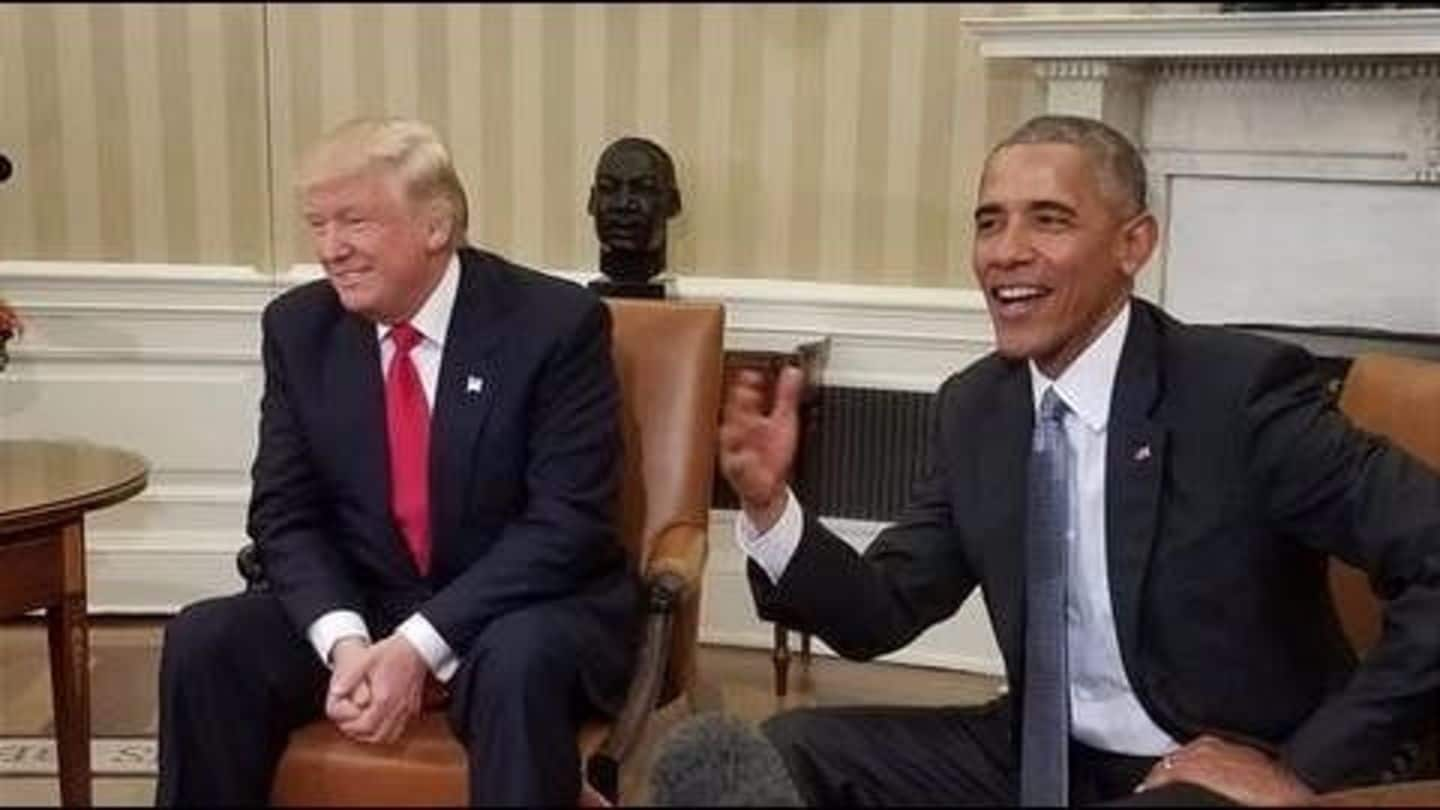
How Trumpcare bill could impact healthcare consumers
What's the story
The Republican-led US House of Representatives passed the American Health Care Act (AHCA) which repeals and replaces former President Barack Obama's Affordable Care Act, popularly called Obamacare. The AHCA's passage comes after weeks of wrangling, protests and pressure from President Donald Trump and Republicans. In this timeline, we explore how the AHCA, referred to as Trumpcare, differs from Obamacare and can affect healthcare consumers.
Pre-existing conditions
People with pre-existing conditions may shell out higher premiums
Under the AHCA, individuals having pre-exiting conditions are technically not barred from gaining insurance coverage. Certain states could apply for waivers which allow insurance companies to charge such individuals with higher premiums. There are concerns that since people with pre-existing conditions don't receive full protection, they could be priced out of their coverage. "It's like giving someone half a bulletproof vest," an expert said.
Healthcare mandate
Healthcare no longer compulsory for individuals under Trumpcare
Obamacare made it mandatory for individuals to have health insurance or pay a fine. Under Trumpcare, individuals who go without health coverage for 60 days would face a penalty (30% of annual healthy policy's cost) if they rejoin a health plan. An expert said people who don't view insurance as a necessity would be willing to pay the 30% surcharge than full coverage price.
Essential health benefits
People won't receive essential health benefits under Trumpcare
Obamacare made it mandatory for certain essential health benefits, such as maternal care, prescription coverage, emergency services and mental healthcare to be included in any insurance plan. Under Trumpcare, states can apply for a waiver exempting insurance plans from including these benefits. Experts believe this provision would likely increase premium costs for people seeking essential health benefits. Unlike Obamacare, Trumpcare doesn't provide full coverage.
Tax credit
Elderly to receive fewer tax credits as compared to youngsters
Obamacare provided tax credits which took family income, insurance cost and age into account. Tax credits lower premium costs. Trumpcare however, will offer flat age-based tax credits to individuals. Individuals who don't receive government or employer insurance will be eligible for tax credits worth $2,000 to $14,000 annually. Low-income elderly people will likely receive fewer tax credits as compared to high-income young people.
Medicaid funding
Low-income Americans to face brunt of Trumpcare's Medicaid cuts
Medicaid is a social healthcare programme that covers an estimated 75 million low-income people. Trumpcare will reduce federal funding for Medicaid and roll back the expanded coverage granted to the programme by Obamacare. Under Obamacare, Medicaid plans included essential health benefits, which Trumpcare will exclude from 2020. Trumpcare will help the federal government save $880 billion worth of spending over the next decade.
Information
Senior citizens, disabled children dependent on Medicaid hugely impacted
Under Trumpcare, those dependent on Medicaid won't be able to access emergency services, pregnancy and newborn care, prescription drugs and pediatric services from 2020. It will have a huge impact on senior citizens and disabled children dependent on Medicaid.
Older vs younger adults
Elderly to pay higher premiums as compared to youngsters
Obamacare capped premium charges for older persons to no more than three times that of what a younger person having an identical plan would pay. Under Trumpcare, the maximum allowable ratio has become 5 to 1 but states will be allowed to set different ratios. Trumpcare could significantly increase premiums for older people. Americans not yet eligible for Medicaid face risks of higher premiums.